Table of Contents
What's Next for Flexible Packaging? 7 Trends to Watch in 2025
The flexible packaging landscape continues to evolve rapidly, driven by sustainability demands, technological advancements, and shifting consumer preferences. As we look toward 2025, several key trends are emerging that will shape how brands package their products. Understanding these developments early allows companies to stay competitive and meet evolving market expectations.
Sustainable Materials Evolution
Sustainability remains the dominant force reshaping flexible packaging. In 2025, we'll see significant advancements in eco-friendly materials that maintain functionality while reducing environmental impact.
Biodegradable Films
New generations of biodegradable films are entering the market with improved barrier properties and shelf-life capabilities. These materials break down more efficiently in industrial composting facilities while maintaining product integrity during use. The focus has shifted from simply being biodegradable to offering true end-of-life solutions.
Mono-Material Structures
Recycling challenges with multi-layer films are driving innovation in mono-material alternatives. These single-polymer structures are designed for recyclability while maintaining barrier properties. According to European sustainable packaging trends, mono-material development is accelerating as regulations tighten around plastic waste management.
Smart Packaging Technology
The integration of technology into flexible packaging is creating new opportunities for brand engagement and supply chain efficiency.
Advanced QR Integration
Beyond basic links, QR codes in 2025 will deliver augmented reality experiences, product authentication, and personalized content. These interactive elements transform packaging into a digital touchpoint that enhances consumer engagement.
Sensor-Embedded Films
Thin-film sensors that monitor product freshness, temperature exposure, and tampering are becoming more affordable and prevalent. These technologies help reduce waste by providing accurate information about product condition, particularly valuable for perishable goods.
Minimalist Design Approach
Design aesthetics are shifting toward cleaner, more straightforward visuals that communicate brand values efficiently.
Reduced Ink Coverage
Minimalist designs with less ink coverage are gaining popularity for both aesthetic and environmental reasons. Less ink means reduced processing and potentially easier recyclability. This approach aligns with the broader trend toward transparent brand communications.
Clear Communication
Information hierarchy is becoming more important as consumers demand transparency. Designs that clearly communicate product benefits, sustainability credentials, and usage instructions without overwhelming visuals will dominate in 2025.
Compliance-Driven Innovations
Regulatory changes continue to drive packaging innovation, particularly in specialized industries.
Child-Resistant Features
Advancements in child-resistant closures for flexible packaging are creating more user-friendly solutions that maintain safety standards. These innovations are particularly important for cannabis, pharmaceutical, and household chemical products.
Standardized Recycling Labels
Clearer recycling information and standardized labeling systems are being developed to help consumers properly dispose of packaging. These systems aim to increase recycling rates by reducing confusion about material types and local recycling capabilities.
Consumer Experience Enhancements
Functional improvements that enhance user experience continue to differentiate premium packaging solutions.
Improved Resealability
Next-generation zipper and reseal technologies provide better functionality with less material. These features extend product freshness while improving the consumer experience. Our high-capacity storage solutions demonstrate how larger flexible packaging can incorporate convenient resealable features while maintaining product integrity.
Portion Control Features
Packaging designed with built-in portion control or dispensing features addresses consumer desire for convenience and reduced waste. These innovations are particularly relevant for food, beverage, and personal care products.
Manufacturing Efficiency Developments
Production technologies are evolving to make flexible packaging more efficient and cost-effective.
Digital Printing Advancements
Improvements in digital printing technology allow for more cost-effective short runs and customization options. This enables brands to create seasonal variations, regional specialties, or personalized packaging without the high setup costs traditionally associated with flexible packaging production.
Energy-Efficient Production
Manufacturing processes are becoming more energy-efficient, reducing the carbon footprint of packaging production. These improvements align with broader sustainability goals while potentially reducing costs.
Cross-Industry Inspirations
Packaging innovations increasingly draw inspiration from other industries and global markets.
Tech-Inspired Aesthetics
The influence of technology brands on packaging design continues to grow. As noted in this analysis of tech-inspired packaging, elements like minimalist design, premium tactile finishes, and unboxing experiences pioneered by technology companies are being adapted for flexible packaging applications.
Global Design Fusion
Cross-cultural design elements are becoming more prevalent as brands seek to create distinctive packaging that stands out in crowded markets. This fusion approach draws from global aesthetic traditions while maintaining brand consistency.
Preparing Your Brand for Flexible Packaging Future
As these trends accelerate toward 2025, brands should consider several strategic approaches to stay ahead of packaging innovations:
- Invest in material science partnerships to access emerging sustainable options
- Develop modular design systems that can evolve with changing technologies
- Create packaging roadmaps that align with long-term sustainability commitments
- Test smart packaging features with limited product runs to gauge consumer response
- Monitor global regulatory developments to anticipate compliance requirements
According to future-proofing packaging strategies, brands that embrace these innovations early gain competitive advantages through enhanced consumer experiences, improved sustainability credentials, and operational efficiencies.
The flexible packaging landscape of 2025 will reward forward-thinking brands that balance sustainability, technology integration, and consumer-focused design. By monitoring these seven key trends and implementing strategic responses, companies can position themselves at the forefront of packaging innovation.

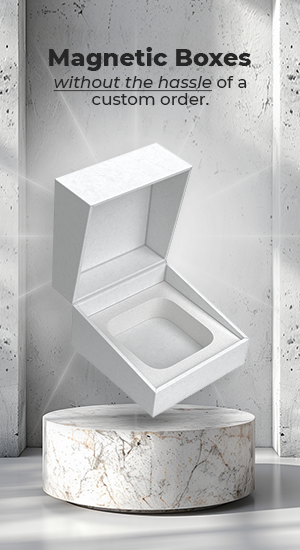
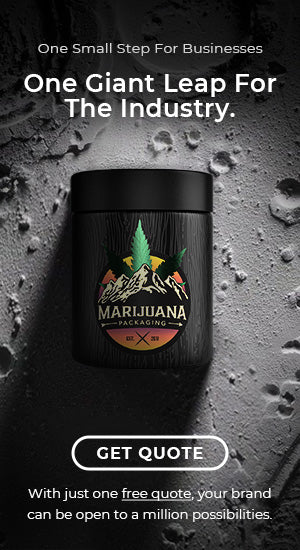
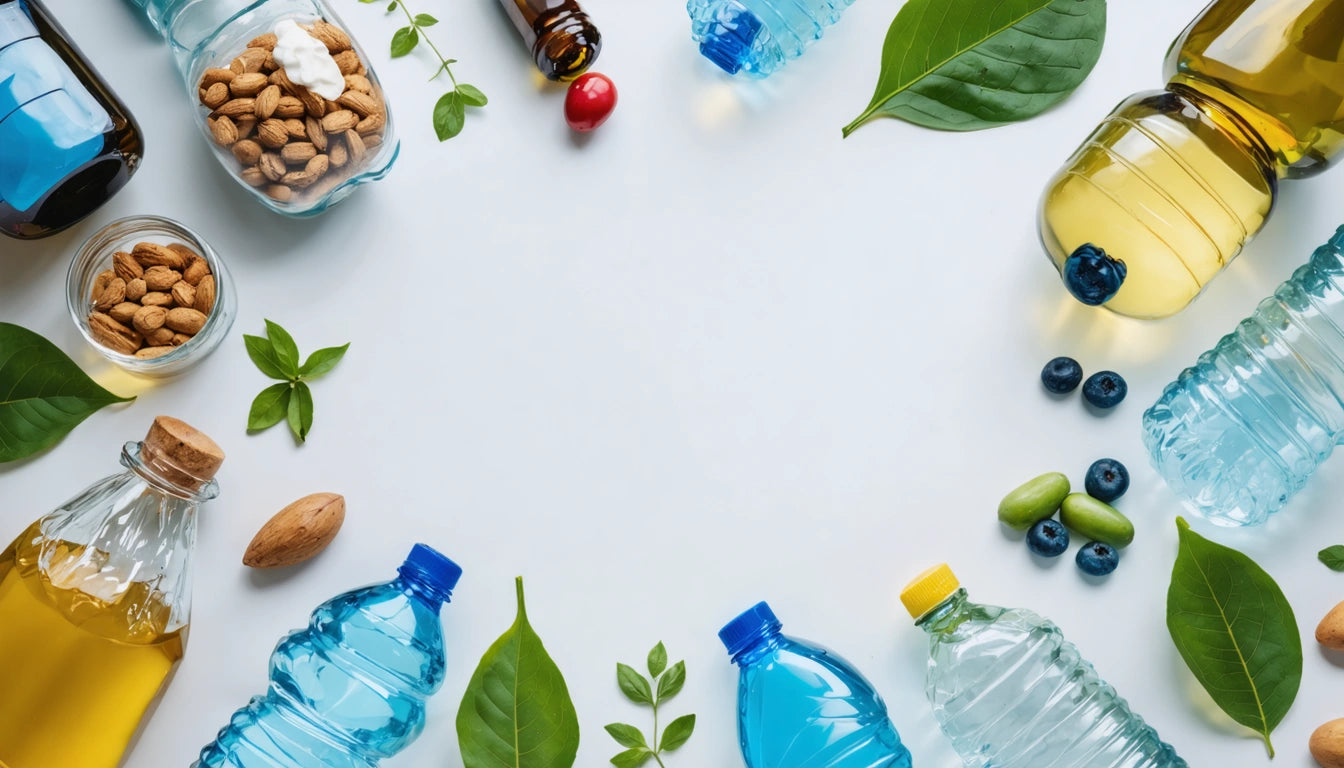

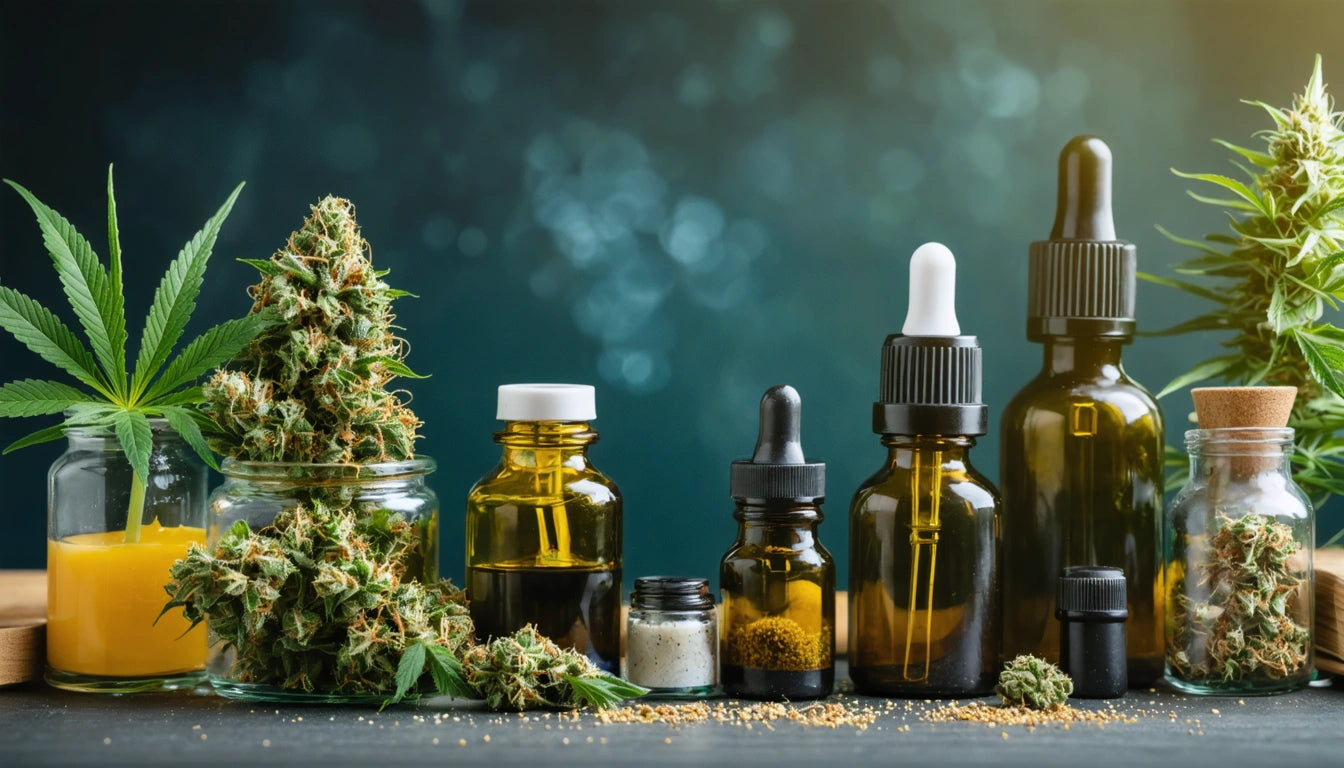
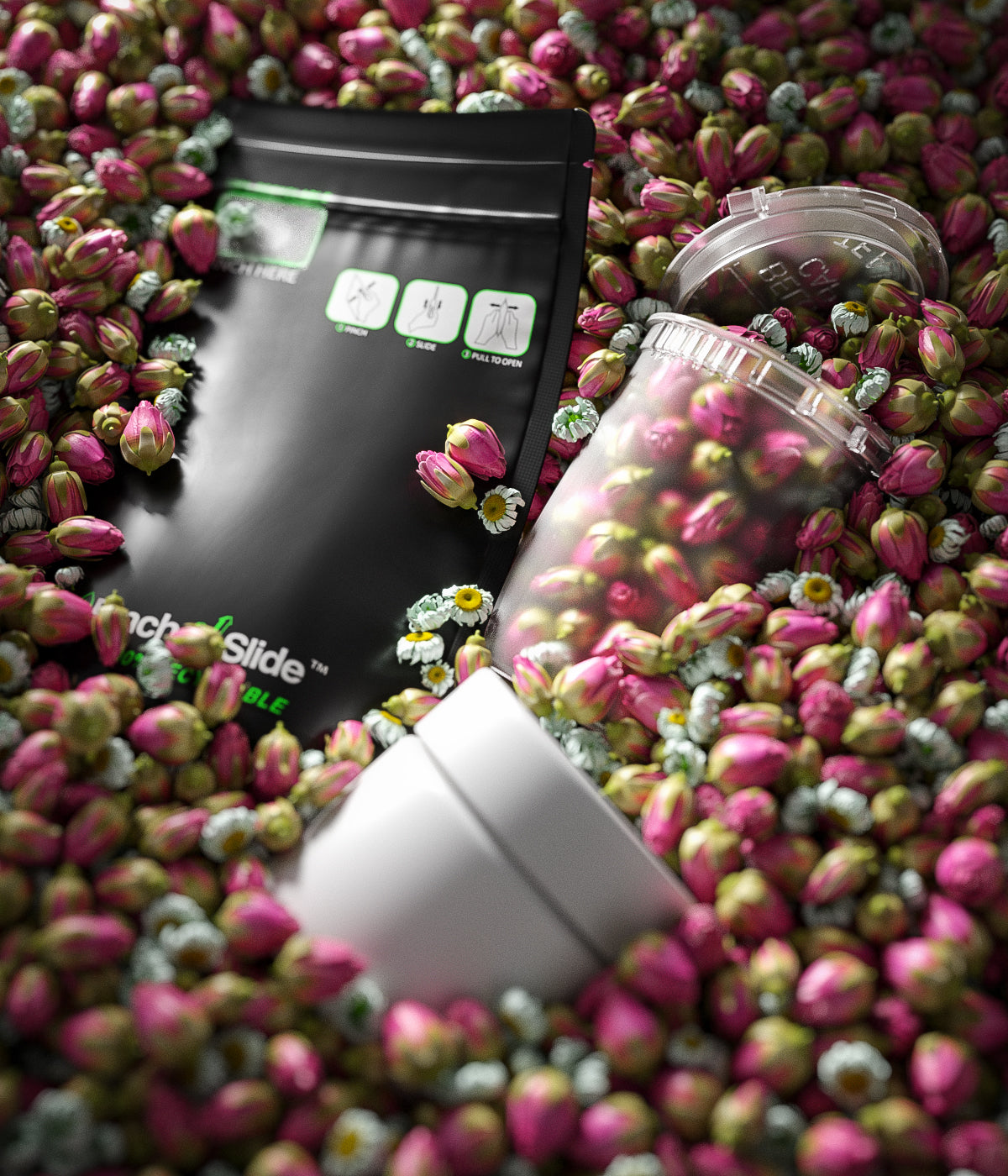
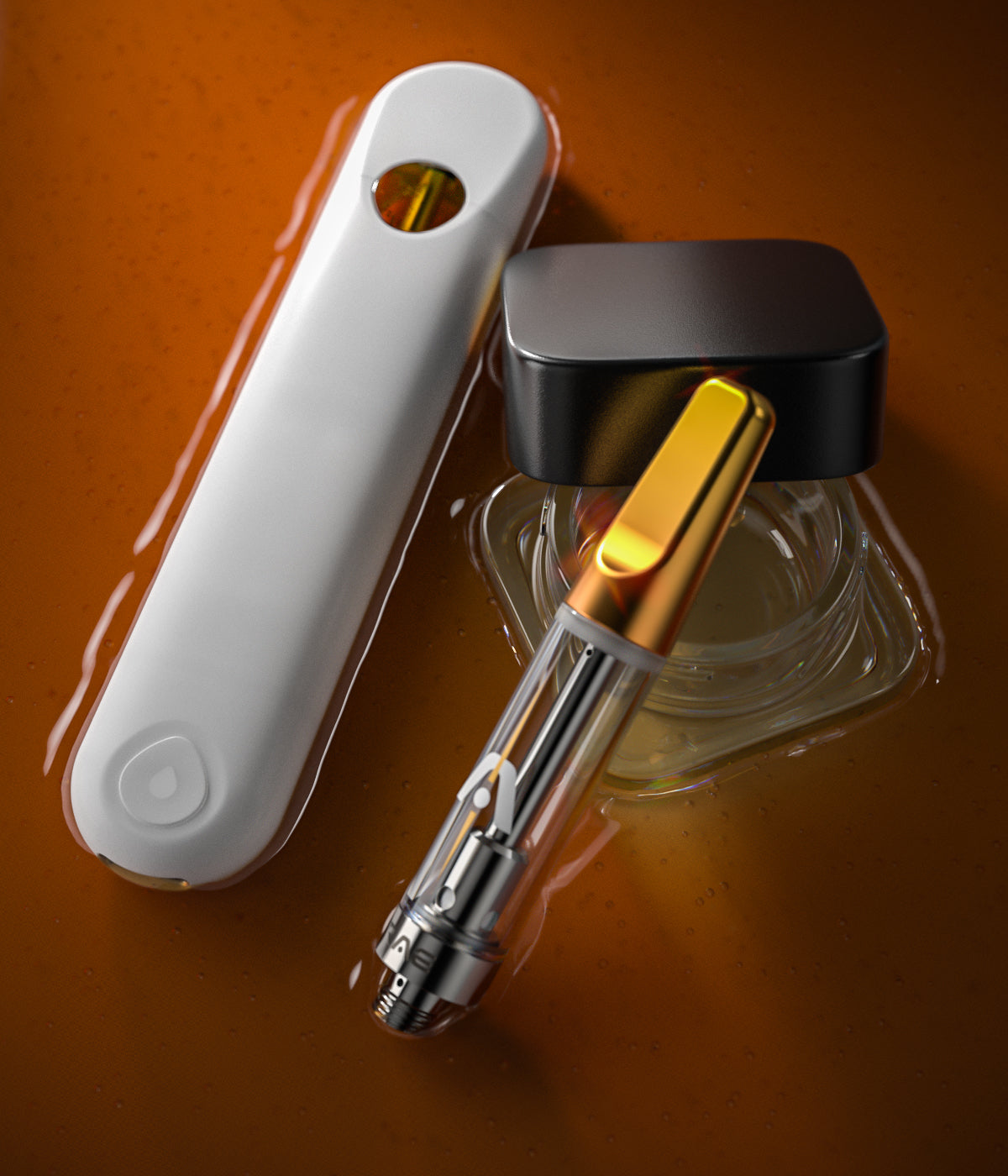
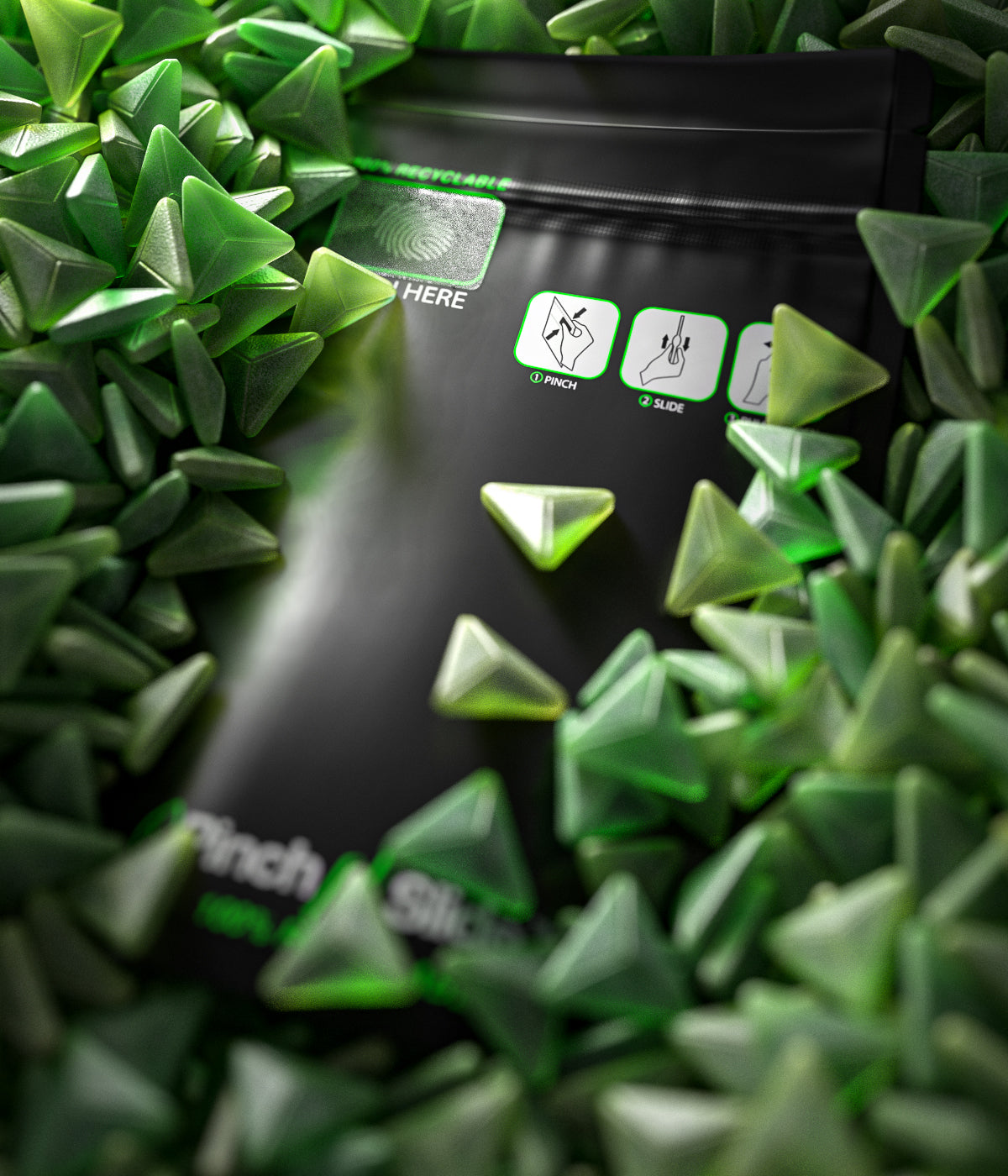
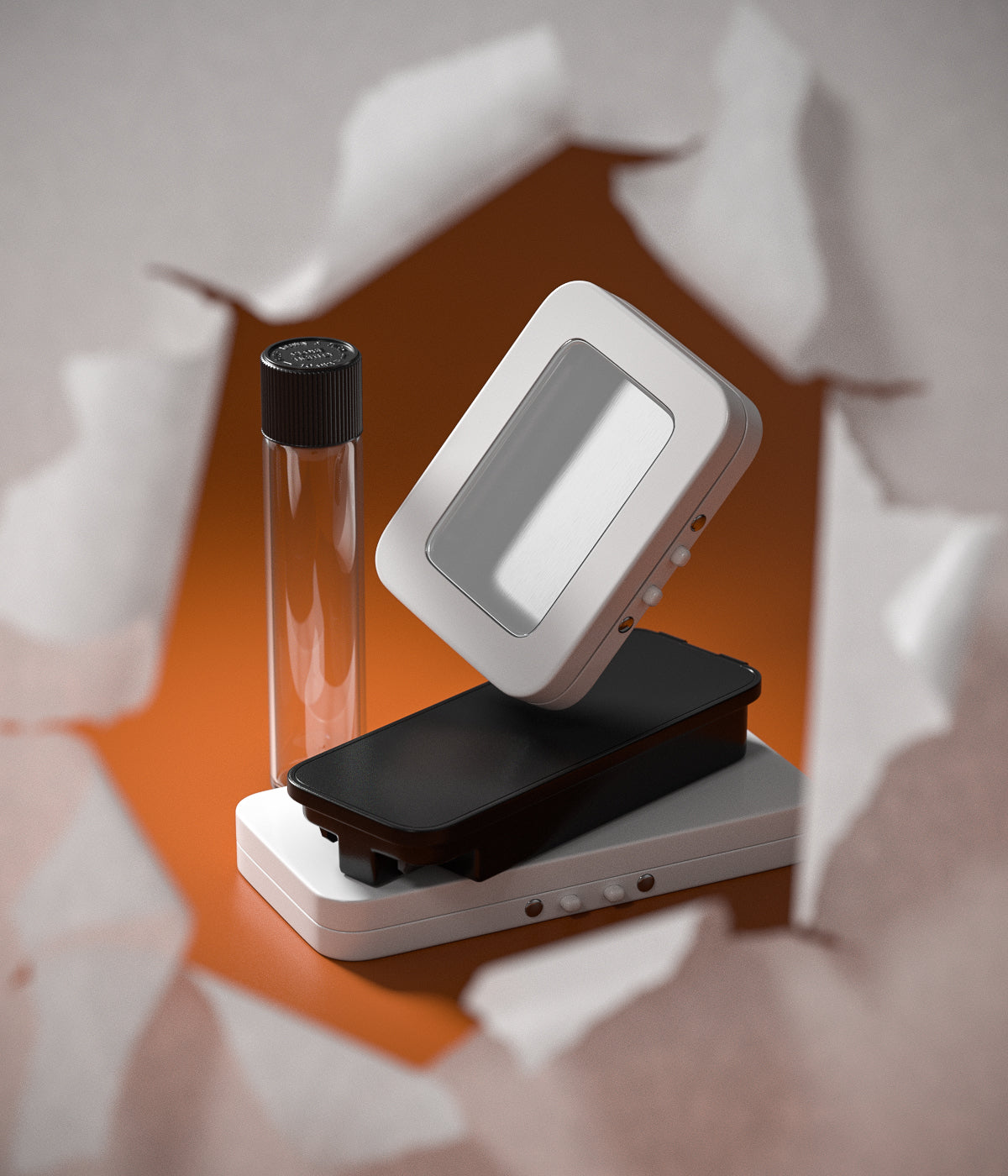
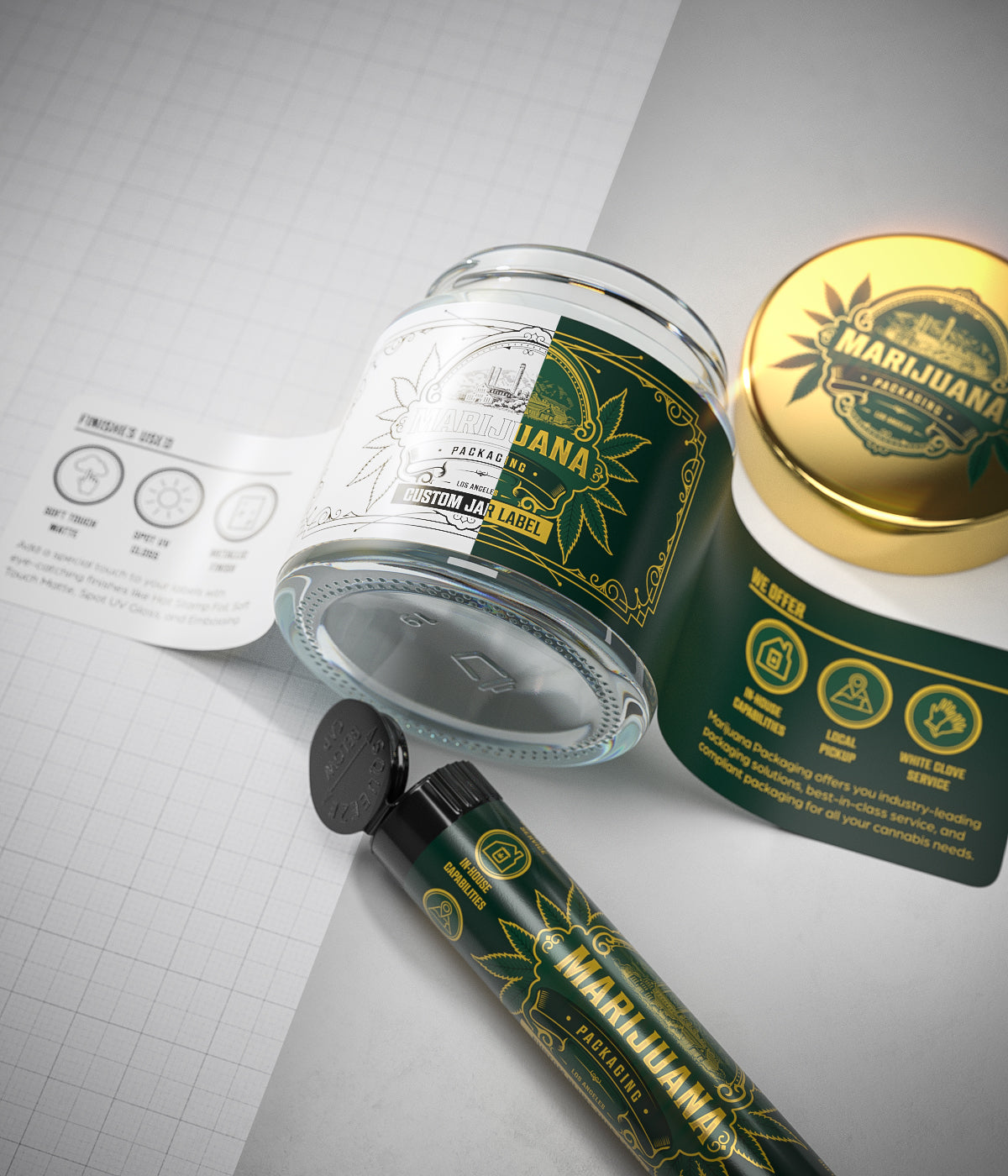
Leave a comment
All comments are moderated before being published.
This site is protected by hCaptcha and the hCaptcha Privacy Policy and Terms of Service apply.